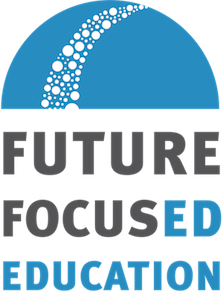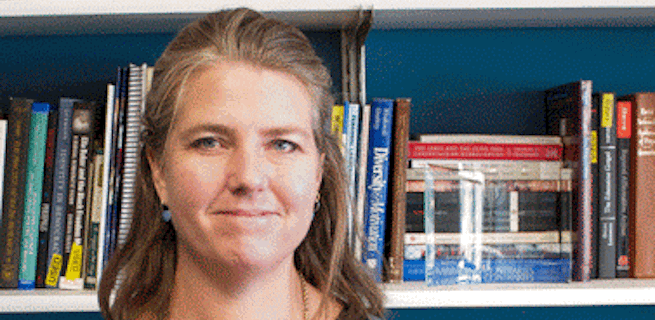No Such Thing As a Math Person: How to Help Students Realize their Potential as Mathematicians
By Kersti Verna Tyson, University of New Mexico | March 1, 2018
Are you a “math person?” As a math teacher, I’ve found that most people have a strong reaction to this question. Either they most definitely are a “math person” or they most definitely are NOT a “math person.” But research shows that your answer to this question has more to do with the opportunities you’ve had to learn and your experience with mathematics than it does with being a “math person.” The reality is that we all use mathematics to make sense of our worlds. At its heart, mathematics is a language all humans use to describe patterns they observe and imagine. It is a language of precision, but also a language of beauty. The problem is that many of us have mostly had access to the precision/procedural side of mathematics education, with less access to the beautiful and imaginative side.
Over the last quarter century, mathematicians, mathematics educators, teachers, students and researchers, have been laying the foundation for “changing up the formula” for mathematics education in the United States. Jo Boaler, a mathematics educator and researcher, has coined this transformation a “revolution.” To understand this revolution, think about how you learned how to calculate the area of a rectangle. If you are like me, you were introduced to the formula, A = L x W, (Area equals length times width). Then, you were given a bunch of problems with rectangles of various sizes that allowed you to apply this formula. Your goal was to quickly get the “right” answer for each problem, never mind whether or not you understood the formula, area, or even the concepts of length and width.
What if, instead, you were given the challenge: “How many rectangles can you make that have an area of 24 feet?” Instead of applying a formula, your work now is to think about what it takes to to get an area of 24 feet. You might come up with a rectangle that is six feet wide and four feet long, but your peer might come up with a rectangle that is one foot wide and 24 feet long. Instead of just regurgitating a formula, and working to get the right answer, you and your peers are starting a process of thinking about the patterns involved in figuring out the area of a shape. Where your imagination stops, your peers’ imaginations continue and together, you are on your way to deriving the formula A = L x W and playing with the essential elements that make up an area. You are developing a conceptual understanding of area.
Why is this approach so revolutionary? The US has a long-time habit of teaching mathematics procedurally, i.e. a teacher says, “Here is the formula, this is how you solve this type of problem. Now do these 25 problems.” What is expected with this type of approach is speed and accuracy. What we have realized is that while some thrive under this approach, many students do not – which leads many students to the conclusion that they “just aren’t good at math.” What we have also realized is that it is possible, when procedure is the emphasis, to do math and even be “good at it” but to not have conceptual understanding of the mathematics one is doing. We have learned that in classrooms where the “right answer” is favored, the learning is often limited because once the right answer is shared, discussion and sense-making stop. Whereas, teaching for conceptual understanding focuses on the meaning making the learners are doing.
This work is revolutionary because the shift from procedural to conceptual requires teachers to shift from “teacher as talker and knowledge holder” to “teacher as listener and facilitator while students become the talkers and knowledge holders.” Instead of students working to repeat and apply the teacher’s understanding of the mathematics, students become the meaning makers. This shift requires emerging mathematicians to verbalize their sense making, their struggles, and even their mistakes. It requires teachers and students to listen beyond the answer in order to learn how a student is making sense of the mathematics being learned. It requires teachers to attend to and facilitate student’s conceptual development as a way to support students’ fluidity and flexibility with numbers and operations.
Finally, it requires teachers and students to be more comfortable with the struggle. Learning, at its heart, means interrupting what we know and understand about the world. Leaning into the struggle of learning something new means being uncomfortable. This revolution means that students’ thinking matters as much, if not more, than the teachers’. This shift also means that we need to recognize that teaching is an incredibly complex endeavor - eliciting, listening to, and facilitating students’ unique sense-making processes around mathematics is much more complex -- and interesting -- than determining if a student is “right” or “wrong.” The work, for teachers and students, is harder, but worth it – the results are that our students learn that they are mathematicians who can make sense of, and solve, problems in our world. I will leave you with this final image – an image a fourth grader wrote about her observations of learning mathematics as a conceptual process. For her, she realized that listening to her peers, helped her to understand new ideas and solve problems, a wish that I have for all who endeavor to learn mathematics. Here is to the revolution! I invite you to join and claim your own place as a mathematical sense-maker.


